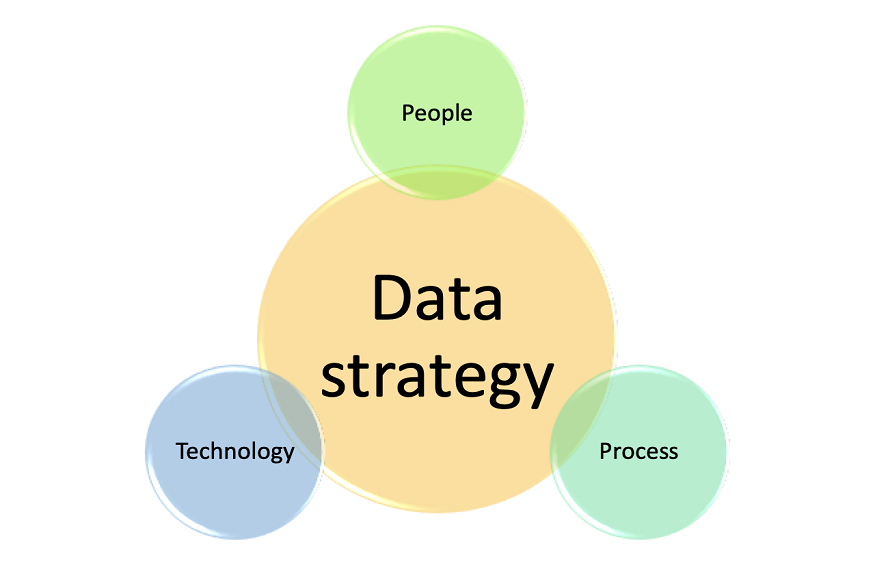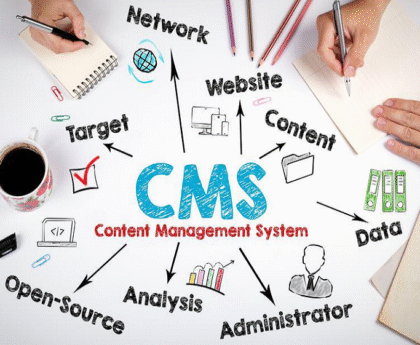Data has become a major element for value creation and decision support. The importance of data management is recognized at all levels of the company. However, the definition of data strategies is still dragging on. SMEs and ETIs are the furthest behind in the exploitation of data. It is difficult for them to capitalize on this resource without implementing appropriate strategies.
Definition of a data strategy
Like large groups, SMEs and ETIs produce a multitude of data on their scale every day. This data comes from many sources: management systems, CRM, intranet, business applications, invoicing software, etc. The data can also come directly from their websites, the various studies they carry out, various transactional data, etc. …
A data strategy ensures that the collected data set can be used, shared and moved easily from one system to another. The objective is to make the information usable at the right time, in the right place, and by the right person in order to bring added value to the organization.
The data strategy must define the different stages of the procedure for converting raw data into finished products is: transformation, cleaning, qualification, putting into the desired format, storage, securing, etc. For an SME or an ETI, the data strategy defines the methodologies and common processes to manage, manipulate and share data efficiently and sustainably within the structure.
The preamble to this strategy is naturally the definition of an objective for the company. The first questions to ask are therefore that of the purpose of data processing and the difficulties that it must overcome.
Data strategy and data governance
A crucial point of the company’s data strategy is the establishment of data governance within the organisation . It is important here to define the procedures and mechanisms for managing data and to communicate them to all employees for relevant use. The definition of a governance strategy guarantees the proper use of data . It allows the efficient collaboration of all departments.
For many companies, implementing a data strategy within its structure would simply amount to acquiring BI tools and integrating new reference databases. However, the deployment of such tools must imperatively be accompanied by the establishment of a structured organization in order to last over time.
Which actors for a data strategy?
Data only has value if we know how to interpret it… The first players in the data strategy are of course the business experts . They are the ones who will need to access the data in a simplified way. Thanks to this data, they will be able to implement strategic actions for the company and manage their activity independently . Businesses generally benefit from Business Intelligence tools such as dashboard solutions centralizing the KPIs of their service.
Within SMEs and ETIs, there is rarely a person exclusively dedicated to the implementation of the data strategy such as a “Chief Digital Officer” in large groups. It is generally the DSI, responsible for the hardware and software components of the company’s information system, which plays this role in the context of digital transformation.
Historically sought after for his technical profile, the Director of Information Systems has now become a real player in the company’s strategic objectives . It must be a pillar in the implementation of a data strategy within this type of company. The IT department controls both the storage and backup systems but also and above all all the applications in place in the organization.
The DSI thus tends more and more to direct the global strategy around Data , but within SMEs and ETIs this service is generally structured around a small team. He may therefore have to call on external service providers, experts in the field of data to be able to deploy a strategy and reliable and solid solutions.
Axysweb recently worked on a data project in collaboration with the Information System Department of an ETI in the Region. As part of the overall modernization of the information system and the transition to a new ERP, the company had problems transforming and migrating mass data.
The strategy was defined by the IT Department, which called on the skills of our experts only for the technical implementation. We performed the following services using Talend data management software .





